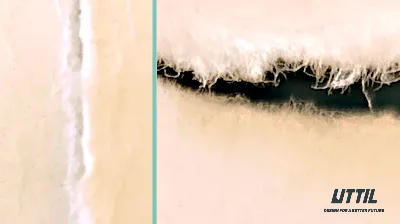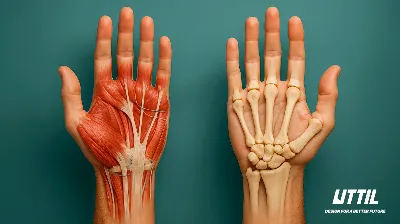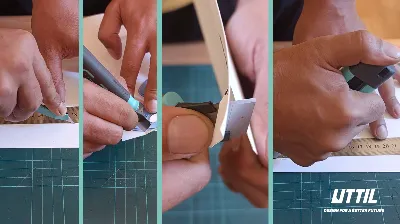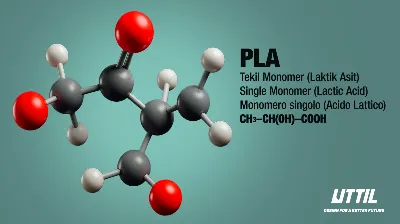The Versatility of Snap-Off Blades: A Comprehensive Guide
Few hand tool innovations
have provided as much versatility and convenience as the snap-off blade. With
their precision, ease of use, and adaptability, snap-off blades have become a
staple in both professional and DIY toolkits, finding applications in a wide
range of tasks. This comprehensive guide delves into the details of snap-off
blades, covering their sizes, steels, coatings, and various applications,
ensuring that there's a snap-off blade for every task.
Sizes
of Snap-Off Blades
Snap-off blades come in
several standard sizes, each suited to different tasks and tool types. The most
common sizes include:
- 9mm Blades: These are the smallest standard size and are
typically used for light-duty tasks such as cutting paper, film, or thin
plastic. They are ideal for detailed work and are often found in craft and
smaller utility knives.
- 9mm 30-Degree Blades: These blades have a sharper angle and are
designed for precision tasks that require fine, detailed cuts. They are
perfect for intricate work in graphic design, model making, and other
crafts that demand high accuracy.
- 18mm Blades: These are the most versatile and widely used
size. They are robust enough for medium-duty tasks like cutting cardboard,
vinyl, and carpet. They balance precision and strength, making them
popular for general use.
- 25mm Blades: These are the largest standard size and are
designed for heavy-duty tasks. They are suitable for cutting through
thicker materials such as insulation, rubber, and leather. Their size and
strength make them ideal for industrial applications with critical
durability.
Types
of Steel Used in Snap-Off Blades
The performance and
durability of a snap-off blade are determined mainly by the type of steel used
in its construction. Common types of steel include:
- Carbon Steel: Carbon steel is a popular choice for snap-off
blades and is known for its hardness and sharpness. It retains a sharp
edge but is more prone to rusting if improperly maintained.
- Stainless Steel: While not as hard as carbon steel, stainless
steel offers excellent resistance to rust and corrosion, making it ideal
for use in humid or wet environments. It is a good choice for blades used
outdoors or in applications where hygiene is essential.
- High Carbon Stainless Steel: This combines the best of both worlds,
offering the hardness and sharpness of carbon steel with the rust
resistance of stainless steel. It is often used in high-quality snap-off
blades that must perform well in various conditions.
- German Solingen Steel: Solingen Steel is renowned for its
exceptional quality and sharpness, resulting from meticulous production
using traditional methods in Solingen, Germany. This high-grade steel is
celebrated for its outstanding durability and remarkable edge retention,
making it the top choice for crafting premium blades sought by
professionals and enthusiasts alike. With a rich history and a tradition
of excellence, Solingen Steel continues to set the standard for quality
and performance in the blade-making industry.
- Japanese SK Series Steel: The SK series, such as SK-4 and SK-5, are
widely used for snap-off blades. These steels are known for their
excellent edge retention and sharpness. SK series steels are designed to
balance hardness and toughness, making them ideal for precision cutting
tasks.
German steel is often
considered superior to Japanese steel due to its exceptional durability,
strength, and resistance to wear and corrosion. German steel is renowned for
its high-quality craftsmanship and precise engineering, making it a top choice
for various industrial and manufacturing applications.
Coatings
on Snap-Off Blades
Various coatings are
applied to the steel to enhance the performance and durability of snap-off
blades. These coatings can provide additional benefits such as reduced
friction, increased hardness, and improved resistance to wear and corrosion.
Common coatings include:
- Titanium Nitride (TiN): This golden-coloured coating is known for
its hardness and wear resistance. It significantly extends the blade's
life and maintains sharpness over time, making it ideal for heavy-duty
applications.
- Black Oxide: This coating provides moderate corrosion
resistance and reduces friction, which helps in making cleaner cuts. It is
often used for general-purpose blades.
- Teflon: Teflon, or PTFE, is toxic and should not be
used in food preparations. Teflon-coated blades are intended for specific
industrial uses and should not be used in culinary settings or daily
utensils such as utility knives. Using PTFE can pose health risks due to
the toxic fumes and particles heat releases, or particles can become
airborne by friction. Therefore, using Teflon-coated blades only in
appropriate industrial settings is essential.
Uses of
Snap-Off Blades
The versatility of
snap-off blades makes them suitable for a wide range of applications,
including:
- Crafting and Arts: The precision of 9mm and 9mm 30-degree
snap-off blades makes them perfect for detailed craft work, cutting
intricate shapes out of paper, foam, or fabric.
- General Utility: The 18mm blades are the go-to for everyday
tasks such as opening packages, cutting cardboard, or trimming wallpaper.
Their balance of sharpness and durability makes them ideal for household
and professional use.
- Industrial Applications: The 25mm blades are designed for
challenging, heavy-duty tasks. They are used in construction, automotive,
and manufacturing industries to cut through thick materials like rubber,
leather, and insulation.
Conclusion
Snap-off blades are
essential for professionals and hobbyists, offering versatility and
convenience. Understanding the different sizes, types of steel, and coatings
available is crucial in choosing the right blade for your specific needs.
Whether you're engaging in detailed craft work, handling general utility tasks,
or tackling heavy-duty industrial applications, there's a snap-off blade
designed to meet your requirements.
Brands such as UTTIL
fulfil the demanding requirements of various users with the high-quality blades
used in their products. By investing in suitable cutting blades, you not only
increase your productivity and precision but also contribute to more
sustainable practices by reducing waste and extending the lifetime of your
tools.








